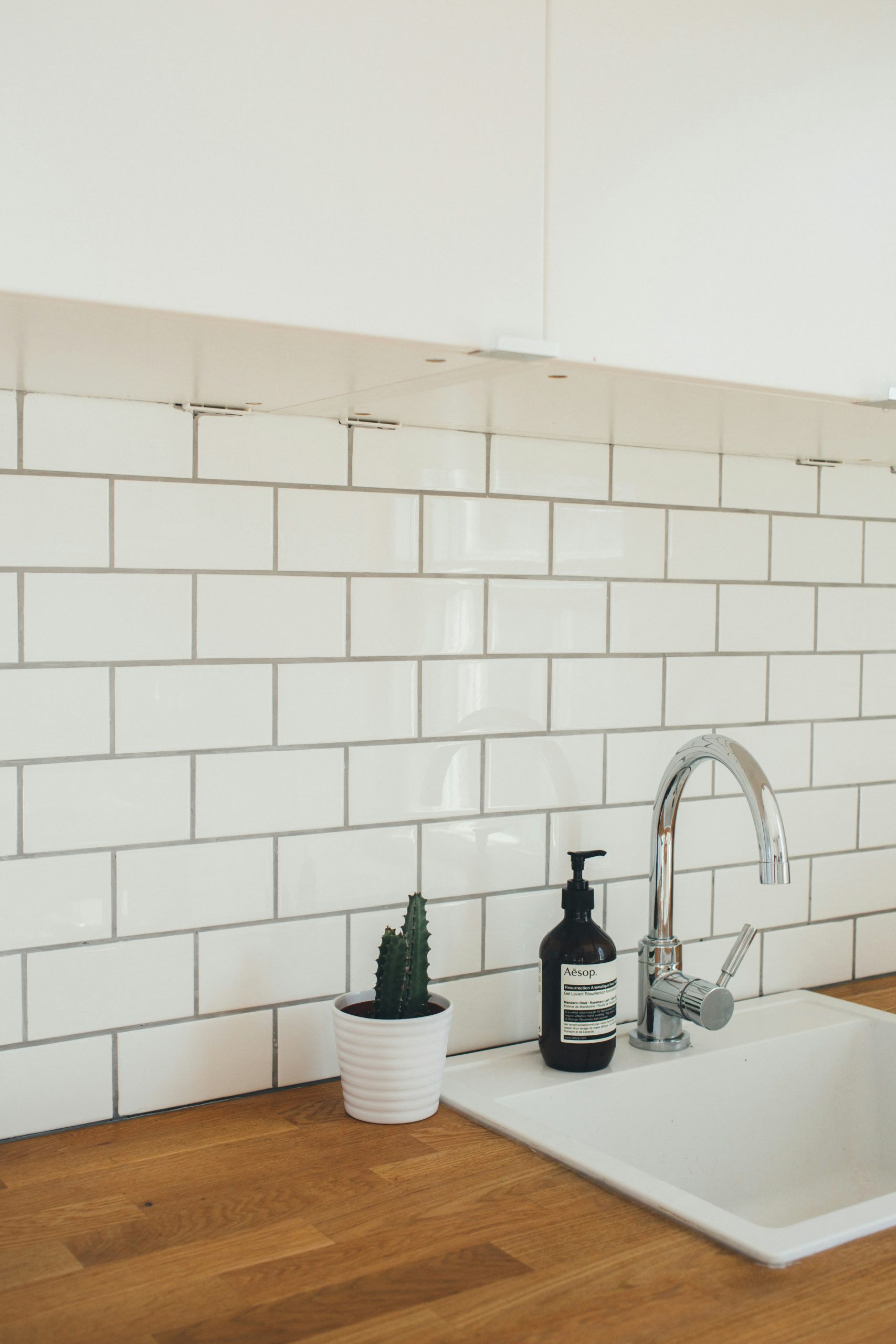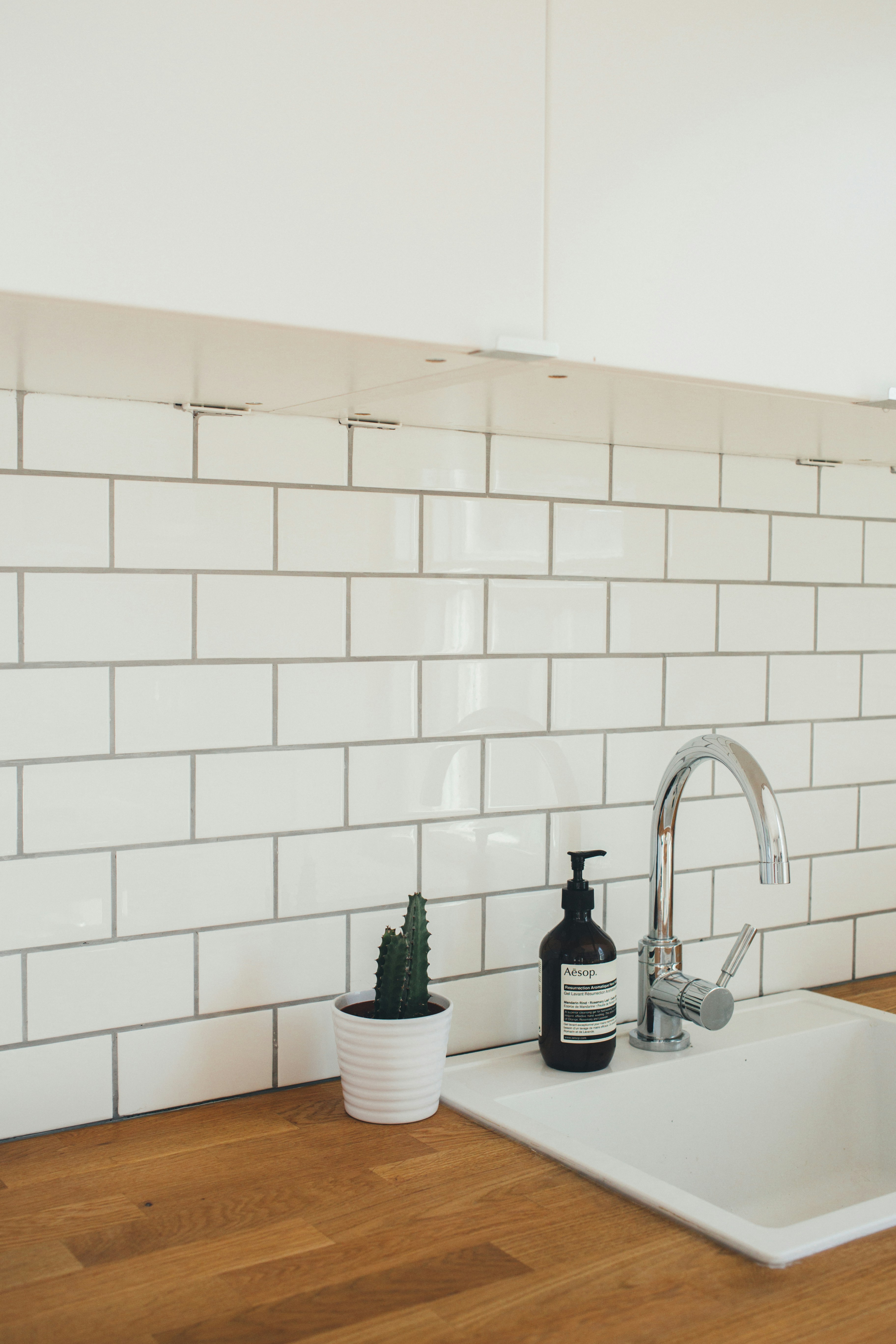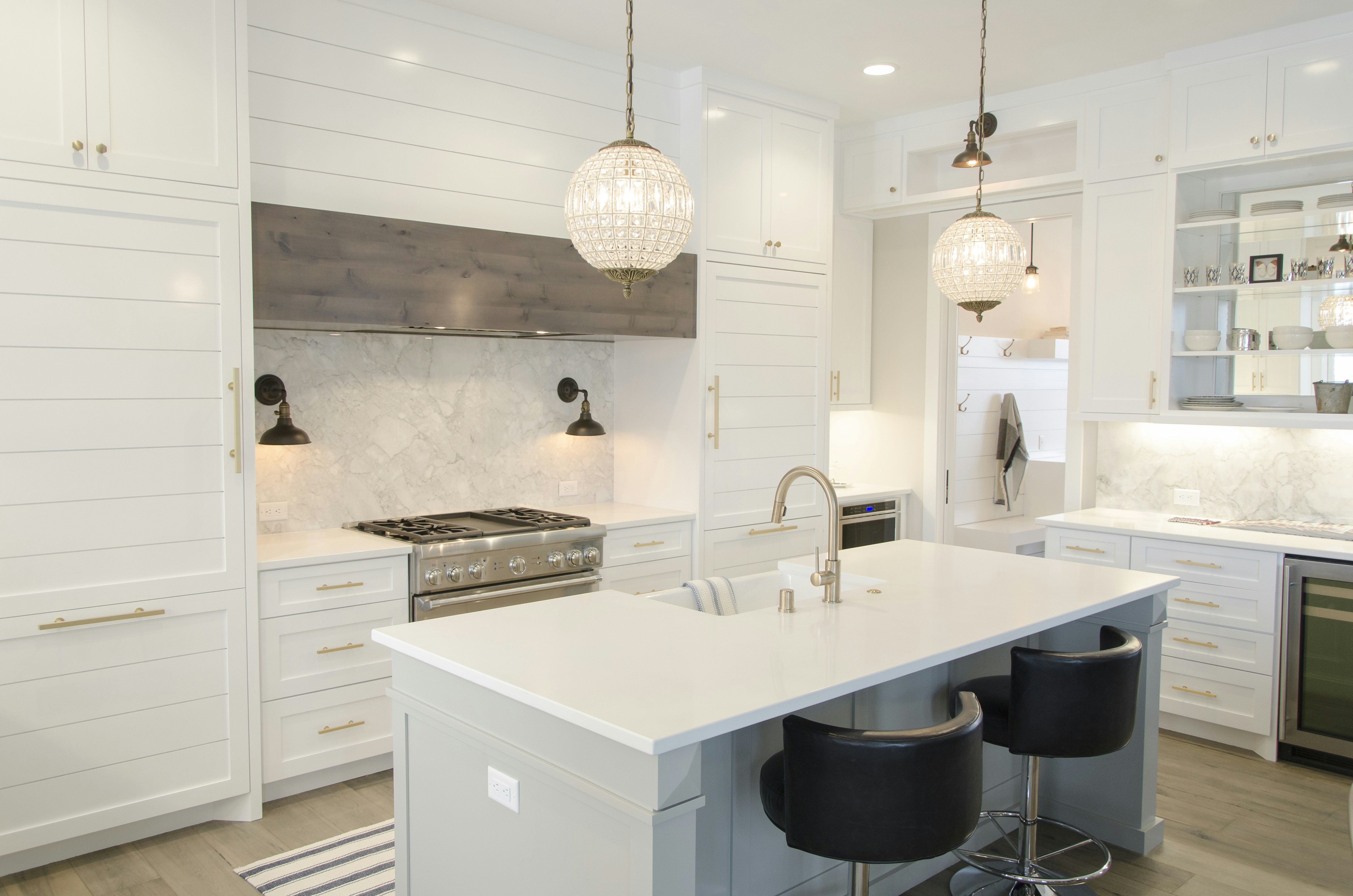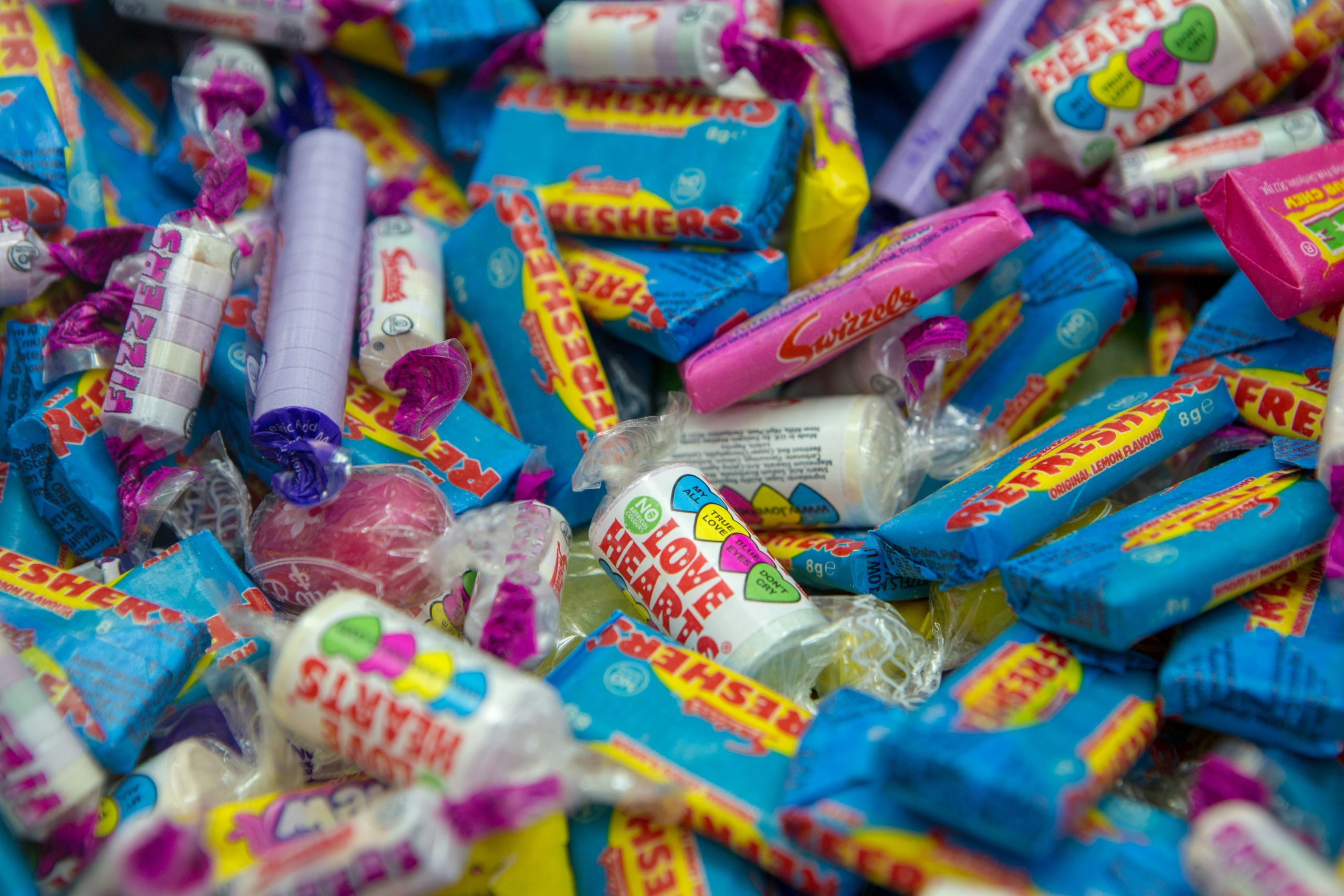
Silicone Caulk for Kitchen Use: Key Benefits and Application Tips
Agnes
- 0
Introduction to Silicone Caulk
When it comes to kitchen renovations, the details matter. One often-overlooked hero in this realm is silicone caulk. This versatile sealant plays a critical role in ensuring your kitchen not only looks great but also functions properly. From preventing water damage to enhancing aesthetics, silicone caulk for kitchen use offers numerous advantages that can transform any space. Whether you’re sealing gaps around sinks or creating a sleek finish on countertops, understanding the benefits and applications of silicone caulk will elevate your home improvement game significantly. Let’s dive into why this unassuming product deserves a place in every DIY enthusiast’s toolkit.
Benefits of Using Silicone Caulk in the Kitchen
Silicone caulk offers remarkable flexibility, making it ideal for various kitchen surfaces. It can easily expand and contract with temperature changes without losing its sealing properties.
Its water-resistant nature prevents moisture from penetrating cracks, which is crucial in areas prone to spills and splashes. This feature helps reduce the risk of mold growth, ensuring a healthier cooking environment.
Durability is another significant benefit. Silicone caulk can withstand extreme temperatures, making it suitable for both hot and cold conditions often found in kitchens.
Additionally, silicone caulk is easy to silicone caulk clean and maintain. Its smooth surface doesn’t trap dirt or grime as easily as other materials do.
It’s available in various colors to match your décor seamlessly. This means you don’t have to compromise on aesthetics while enjoying the practical benefits that silicone caulk provides.
Common Uses for Silicone Caulk in the Kitchen
Silicone caulk is incredibly versatile, making it a kitchen essential for various tasks. One of its primary uses is sealing gaps around sinks and countertops. This prevents water from seeping into cabinets and causing damage.
Another common application is around backsplashes. It fills spaces between the wall and tiles, ensuring a smooth finish while keeping moisture at bay.
You can also use silicone caulk to seal appliances like dishwashers or refrigerators where they meet walls or cabinetry. This helps maintain energy efficiency by minimizing air leaks.
For those who enjoy DIY projects, silicone caulk works wonders in fixing small cracks in ceramic or porcelain surfaces.
Additionally, it’s perfect for insulating windows that may get condensation during cooking sessions. These applications showcase how silicone caulk enhances both functionality and aesthetics in your kitchen space.
How to Apply Silicone Caulk in the Kitchen

Applying silicone caulk in your kitchen is a straightforward process that can enhance both functionality and aesthetics. Start by preparing the surface. Ensure it’s clean, dry, and free of any old caulk or debris.
Next, cut the tip of the silicone tube at a 45-degree angle. The size of the opening should depend on the width of the gap you’re filling. A smaller hole allows for more precision.
Using a caulking gun, apply steady pressure to dispense an even bead along joints or seams. Move smoothly to avoid gaps or excess buildup.
After applying, smooth out the bead with your finger or a caulk smoothing tool. This not only looks better but also ensures proper adhesion.
Give it time to cure as per manufacturer instructions before exposing it to water or heat. The result will be seamless protection against moisture and mold in your kitchen space.
Tips for Maintaining and Removing Silicone Caulk in the Kitchen

Maintaining silicone caulk in your kitchen is essential for keeping surfaces looking fresh. Regularly inspect the caulking lines. Look for any signs of wear or damage, like cracks or discoloration.
To clean silicone caulk, use a gentle soap and water solution. Avoid harsh chemicals that can degrade its integrity. A soft cloth works wonders without scratching the surface.
When it’s time to remove old caulk, start with a utility knife or razor blade for precision. Carefully cut along the edges to loosen it from both sides. Once you’ve removed most of it, rubbing alcohol can help tackle stubborn residue.
After removal, ensure the area is thoroughly clean and dry before applying new silicone caulk. This guarantees better adhesion and longevity of your new sealant application.
Alternatives to Silicone Caulk in the Kitchen
When exploring options beyond silicone caulk for kitchen use, several alternatives come to mind. One popular choice is acrylic latex caulk. It’s easy to apply and clean up with water, making it user-friendly for DIY enthusiasts.
For those seeking a more durable option, polyurethane caulk is worth considering. This type offers excellent adhesion and flexibility while being resistant to moisture and temperature changes.
Another alternative is butyl rubber caulk. Known for its impressive waterproof capabilities, it works well in areas exposed to significant humidity or even standing water.
Consider using tape seals or gaskets for specific applications like sink installations. They provide an effective barrier against leaks without the messiness of traditional caulking products.
Each option has unique characteristics that cater to different needs within your kitchen space. Choosing the right one depends on your specific project requirements and personal preferences.
Conclusion: Why Silicone Caulk is a Must-Have for Your Kitchen Renovation
Silicone caulk has proven to be an invaluable asset for any kitchen renovation project. Its flexibility and durability make it ideal for sealing joints, preventing water damage, and maintaining a clean appearance. By choosing silicone caulk for kitchen use, you can create a moisture-resistant barrier that protects your surfaces from mold and mildew.
The ease of application means even DIY novices can achieve professional results with minimal effort. Plus, its resistance to temperature fluctuations ensures that it remains effective over time in the ever-changing environment of a kitchen.
While there are alternatives available, few materials match the combination of versatility and performance offered by silicone caulk. Whether you’re repairing gaps around sinks or creating watertight seals between countertops and cabinets, having this handy tool on hand is essential for achieving results that last.
Embracing silicone caulk not only enhances functionality but also contributes to the overall aesthetic charm of your kitchen space. A well-sealed area not only looks better but also performs better—keeping your kitchen healthy and inviting for years to come.

